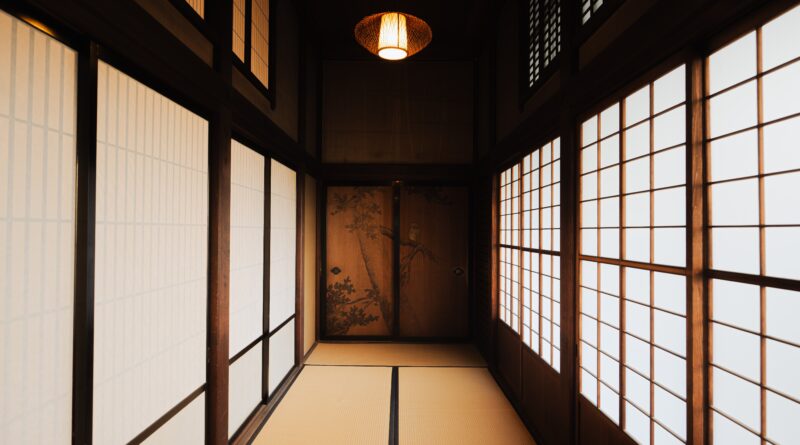Tatami no Ue no Kega (畳の上の怪我 – Out of the Blue)
Tatami no Ue no Kega
畳の上の怪我
Although you believe that you are safe, you may unexpectedly get injured.
安全だと思っていても、思いがけず怪我をしてしまうことがあるかもしれません。
Such a fact that we cannot predict when and where we will encounter trouble or disaster can be described as the phrase tatami no ue no kega (畳の上の怪我).
このように、いつどこで災難に遭うか予測ができないことのたとえとして、「畳の上の怪我」という表現があります。
Tatami (畳) refers to a traditional Japanese flooring material made of rush grass and straw; it is slip-resistant, stumbling-resistant, and effectively absorbs shock.”と
「畳」は藁とい草で作られる日本の伝統的な床材のことで、滑りにくく、つまずきにくく、そして衝撃をよく緩和します。
In addition, ue (上) means “on,” and kega (怪我) means “injury,” so the literal meaning of tatami no ue no kega is “getting injured on a tatami.”
また、「上」は “on”、「怪我」は “injury” を意味するので、「畳の上の怪我」の文字どおりの意味は “getting injured on a tatami” となります。
In other words, getting injured on a tatami, which is believed to be safe, is tantamount to an unexpected disaster.
安全とされる畳の上での怪我は、思いがけない災難というわけです。




